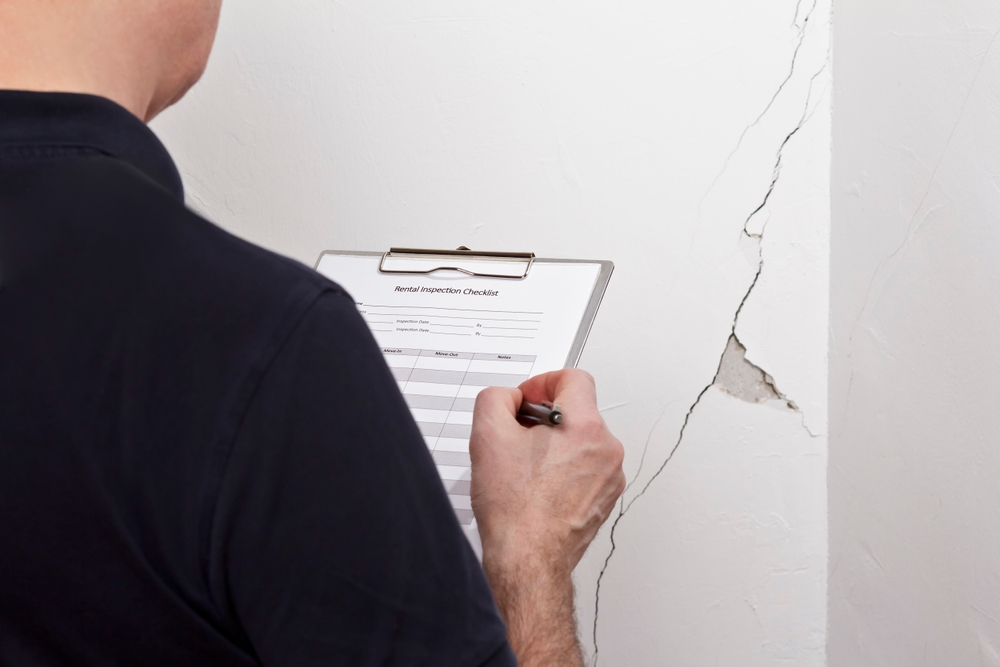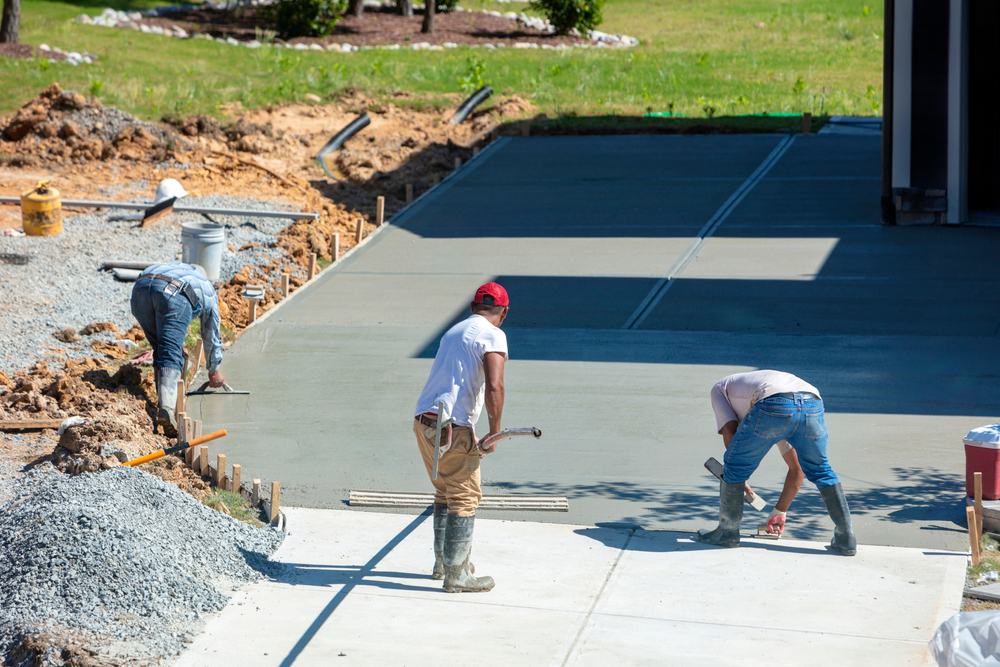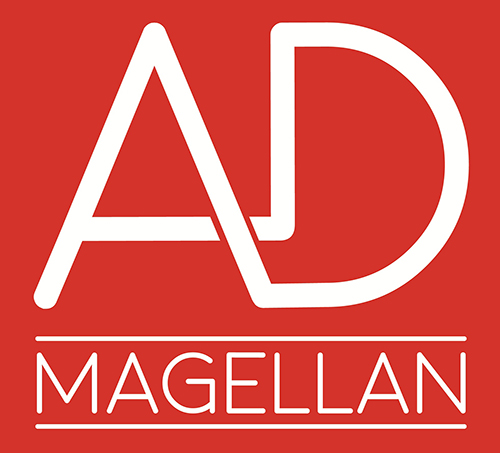AD Magellan Construction Planning and Management
Learn more about other care in our Resource Center!

When managing construction projects, a well defined scope, cost control and efficiency are key. At AD Magellan Design-Build & Construction Management, we specialize in helping property managers create realistic, transparent, and effective project budgets.

Even the most beautiful new construction can hide flaws beneath the surface. A freshly painted wall or a brand-new roof might look perfect today- but if small defects go unnoticed, they can quickly develop into serious structural issues.

When it comes to keeping a community safe, functional, and beautiful, proactive planning is the key to success. For Homeowners Associations (HOAs), upcoming repair, maintenance, or renovation projects can feel overwhelming - especially when juggling budgets, schedules, and the needs of homeowners.

When it comes to maintaining the long-term health and financial stability of a community association, a reserve study is one of the most valuable tools available. It provides a detailed roadmap of anticipated repair and replacement costs for major common-area assets, helping boards plan for the future and avoid unexpected financial strain.

If you’ve been following construction industry trends over the past few years, you know that volatility in material costs has become the new normal. Lumber, steel, concrete, and even essential commodities like drywall and insulation have all experienced significant price hikes, often with little to no warning.

Recent wildfires in Los Angeles have once again devastated communities, destroyed homes, and forced countless families to rebuild their lives from the ground up. These events are a harsh reminder that wildfires remain a recurring and growing threat across Southern California.

If you own or manage a multi-unit residential building in San Francisco, compliance with Section 604 of the San Francisco Housing Code is not optional - it’s a legal requirement. These mandatory inspections are designed to ensure the safety and structural integrity of Exterior Elevated Elements (EEEs) such as balconies, decks, stairs, landings, and walkways.

Time is running out for California HOAs to meet the compliance deadline for Senate Bill 721 (SB721). This state law mandates the inspection of elevated exterior elements (such as balconies, decks, and walkways) in multifamily residential buildings. HOAs that fail to act now risk significant penalties, increased liability, and potential safety hazards within their communities. If your HOA hasn’t completed the required inspections, the time to act is now.

California is no stranger to crises, but the ongoing insurance crunch has sent ripples through numerous sectors, including Homeowners Association (HOA) communities. For HOAs, the rising cost of insurance and limited coverage options have created a financial bottleneck that makes funding construction and repair projects increasingly challenging.

As property owners and HOA boards across California navigate the requirements of SB 326, concerns about safety, compliance, and cost have become top priorities. This legislation mandates regular structural inspections of condominiums and multifamily buildings to identify potential hazards in exterior elevated elements like balconies, decks, and walkways. While the goal is to ensure resident safety, many property owners are facing an unexpected challenge: inflated inspection costs and unnecessary repair recommendations from contracting companies looking to maximize profits.












